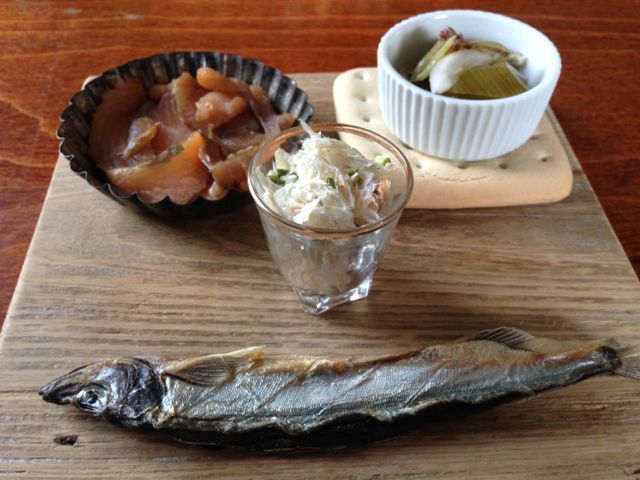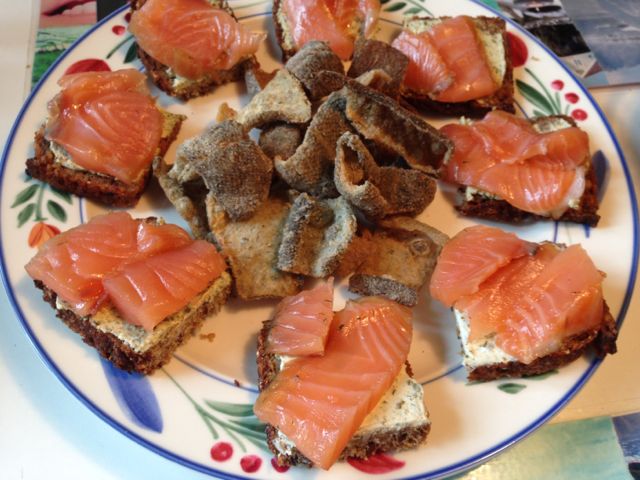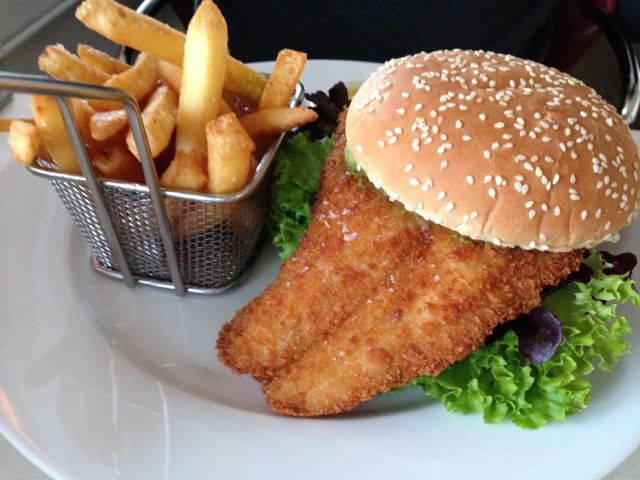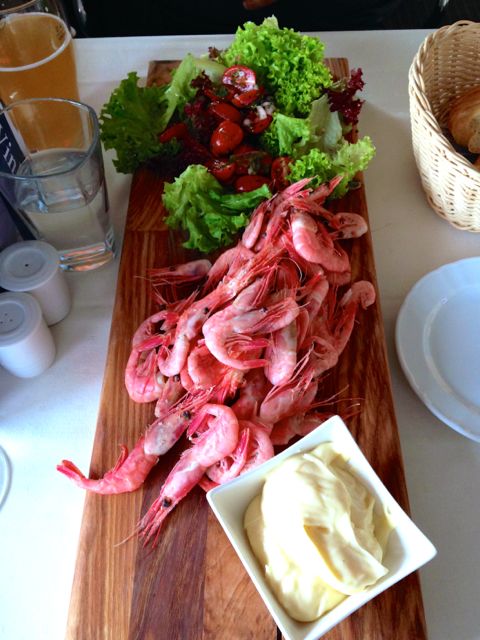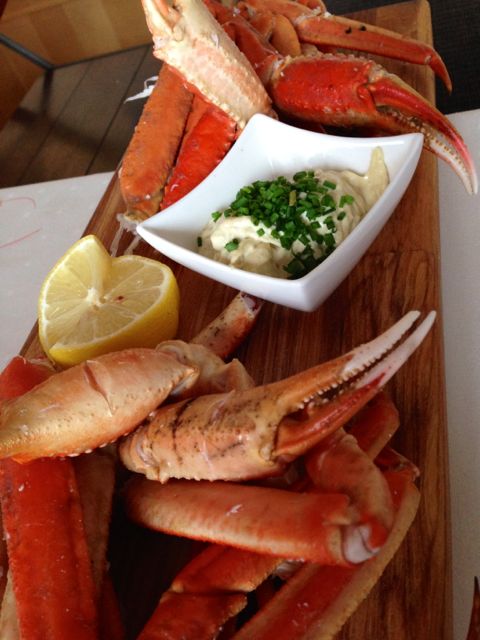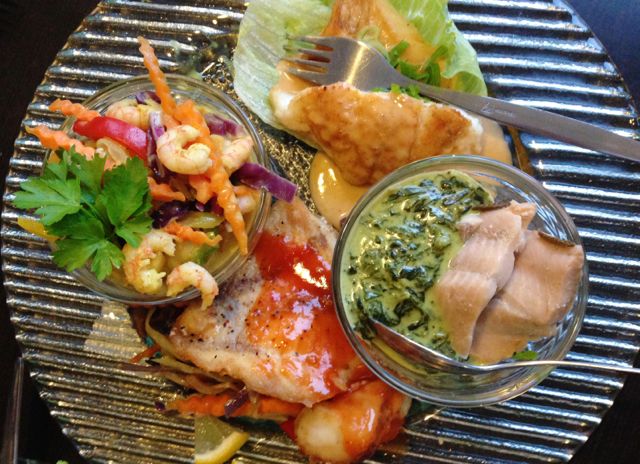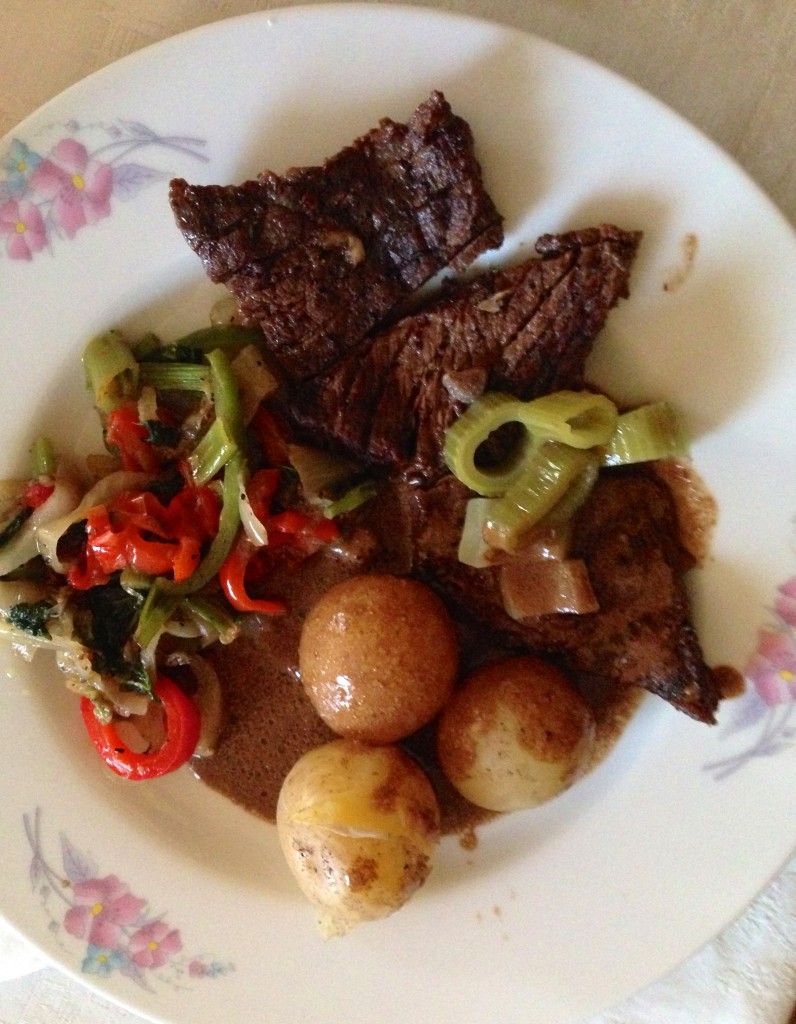In Part 1 of What will you eat in Greenland, I talked about common breakfast items you can expect to taste during your visit to Greenland. Moving on to seafood, one can find ingredients such as Greenland halibut, shrimp, cod, Arctic char, wolffish, mussels, sea urchins, redfish and much more on menu’s of restaurants and homes. Because the majority of Greenland is covered by permanent glaciers, the sea is the source for most food. Many residents hunt sea mammals and fish their own catch, which they share with their families. It is common for couples to go camping over the weekend, catch pounds of fish, bring it home, clean and process it. Then they begin the process of sun-drying, smoking, freezing and cooking, resulting in food that can last all through the winter. Along with the proteins, many homegrown herbs and vegetables in backyards or sunrooms, supplement the Greenlandic diet. Sheep sorrel, knot weed, mountain sorrel, lousewort, northern marsh yellowcress, common mouse ear, knotted pearlwort are commonly found here. Crowberries, blueberries, Labrador tea and thyme grow in the wild and anyone can go pick them from the shrubs.
With imports from Denmark, grocery stores are well stocked with pre packaged products, frozen foods, spices, sauces, etc. – everything you will find in a mainstream large grocery store in the US. However, the produce section can be limited and expensive. I didn’t find much of a different in Nuuk (the capital), but in Illulisat (north of Arctic), apples were $1 each and a head of lettuce costed $10.
Another thing to note is the internationalization of Greenlandic palate. Local ingredients are prepared using French, Thai and European styles of cooking, as seen below.
Greenlandic Seafood –
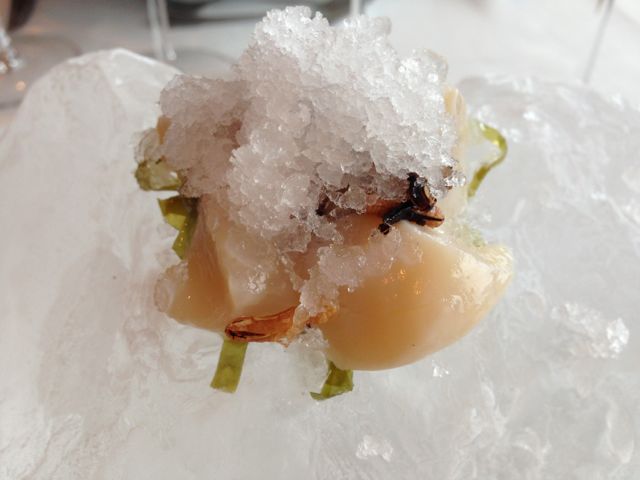
Lemon pickled scallops with angelica jelly, puffed rice, seaweed rice and seawater granita at Hotel Arctic
